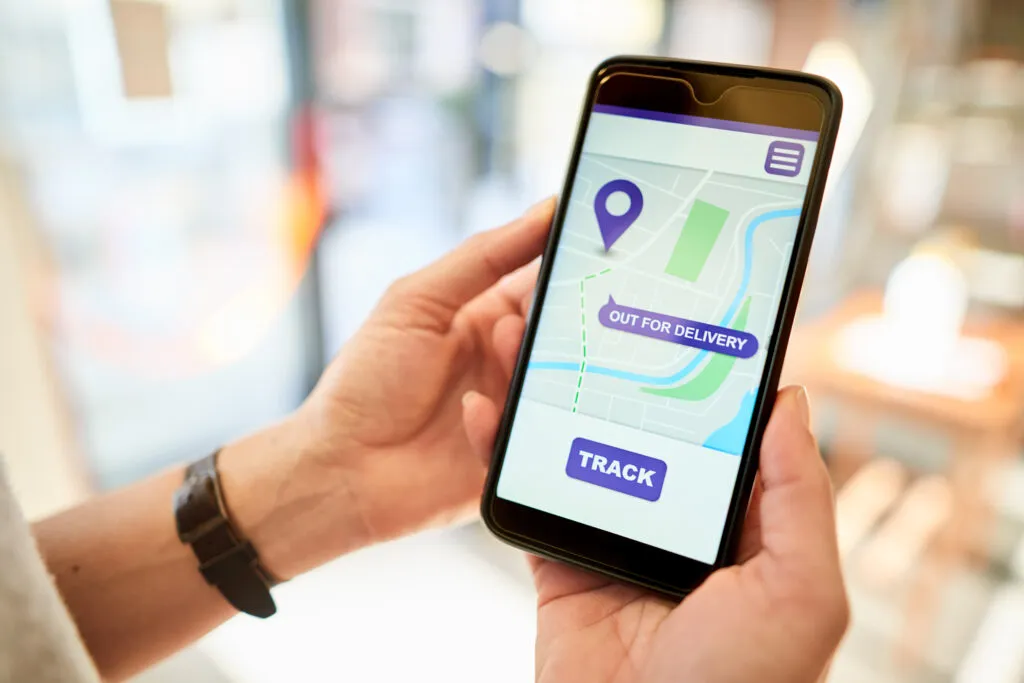
Get home early with RoadWarrior.
Enter your stops, optimize your routes, manage your team – quickly and efficiently.
Try RoadWarrior free for 7 days
Try free for 7 daysIn the world of ecommerce, delivery charges play a critical role in the final decision of a product transaction. Customers are increasingly looking for free or low-cost delivery options, while businesses aim to balance their operational costs and profits. As a delivery service provider, it is essential to calculate the appropriate charge per mile for your delivery operations. In this guide, we will explore different methods of calculating delivery charges, factors to consider, and the benefits of using a delivery route planner to optimize your operations.
Understanding the Importance of Calculating Delivery Charges
Calculating the charge per mile for your delivery business is crucial for several reasons:
- Better decision-making: Knowing the cost per mile of your delivery operations allows you to make informed decisions about pricing, helping you avoid losses and optimize your profits.
- Improved product costing: By understanding your delivery costs, you can accurately factor them into your product pricing, ensuring that you cover your expenses and maintain a sustainable delivery business.
- Scaling your profits: With a clear understanding of your delivery charges, you can develop strategies to increase your profits and revenue, positioning your business for growth and success.
Now, let’s dive into the various methods you can use to calculate the charge per mile for your delivery business.
Methods for Calculating Delivery Charges
The charge per mile for delivery can vary based on the type of delivery business and the specific requirements. Here are three common methods for calculating delivery charges:
1. Subcontracting with a Company
If you are delivering for another business or contractor, the pricing per mile may vary based on the delivery requirements. Here is a breakdown of typical delivery charges per mile based on the type of vehicle:
| Vehicle | Cost per Mile |
|---|---|
| Small van or car | $0.52 |
| Medium truck or van | $0.68 |
| Medium wheelbase | $0.84 |
| Long wheelbase | $0.94 |
| Extra-long wheelbase | $1.15 |
| Luton van | $1.30 |
| Lorry or large truck | $2.20 |
It’s important to note that these fees may vary based on factors such as location and fuel pricing. However, they can serve as a starting point for determining the minimum delivery fee when subcontracting for someone.
2. Subcontracting Yourself
If you are running a small delivery operation, you can charge between $0.8 to $1.2 per mile to cover truck expenses. Additionally, it’s advisable to add an extra $0.5 as your profit margin. You can estimate delivery jobs based on the vehicle type you use and your desired profit margin. However, it is crucial to choose a cost-effective delivery method to ensure a higher cost per mile charge and maximize your profits.
3. Working as a Multi-Stop Delivery
For multi-stop deliveries, it is recommended to avoid per-mile courier charges due to the complexity of multiple delivery points. Instead, consider charging per stop. For example, if you charge $1 per stop and cover 200 to 250 stops per day, you can make $200 to $250 daily.
Factors to Consider in Delivery Charge Calculation
While calculating the charge per mile for your delivery business, it’s essential to consider additional factors that can impact your delivery operations and add to your cost per mile rates. Some factors to consider include:
- Delivery Weight or Size: Larger or heavier packages may require additional charges to compensate for the space they occupy and the resources needed for transportation.
- Rush Hour or After-Hours Delivery: If you offer delivery services during peak hours or outside regular business hours, you may consider charging extra to account for the increased effort and potential delays.
- Assembly or Waiting Fees: If your delivery service involves assembling or waiting for the customer, it is reasonable to charge additional fees for the extra time and effort required.
These factors will vary depending on the industry you operate in. For example, a furniture-based delivery business may have different size restrictions compared to a food delivery service. It’s important to define your delivery service limits and standardize fees for specific scenarios, such as large packages or special delivery requests.
Utilizing a Delivery Route Planner for Optimized Operations
In addition to calculating delivery charges, utilizing a delivery route planner can significantly optimize your delivery operations. A delivery route planner is professional software that automates and streamlines your courier service business, reducing manual management and human errors. Here are some benefits of using a delivery route planner:
- Efficient Scheduling: A route planner automates the scheduling process and assigns delivery tasks to drivers based on optimized routes, considering real-time traffic and weather updates. This saves time and ensures efficient multi-route deliveries.
- Improved Communication: A route planner provides a centralized platform for effective communication between your on-ground team and management staff. This streamlines workflow, minimizes issues, and enhances customer satisfaction.
- Real-Time Tracking: With a route planner, you can track the real-time locations of your delivery drivers, enabling you to provide accurate updates to customers. This builds trust and strengthens customer relationships.
- Performance Reports: A route planning software generates performance reports that help you optimize your business operations. By analyzing data and identifying areas for improvement, you can enhance efficiency and reduce operational costs.
Among the available route planning software options, we recommend RoadWarrior Flex (formerly Upper Route Planner). RoadWarrior Flex offers a 7-day free trial, allowing you to experience its features and benefits before committing to a subscription.
Conclusion
Calculating delivery charges is a critical aspect of running a successful delivery business. By understanding the cost per mile and factoring in additional considerations, you can set competitive pricing and optimize your profits. Utilizing a delivery route planner further streamlines your operations, saving time and resources while improving customer satisfaction. Embrace the power of efficient delivery charge calculation and route planning to scale your delivery business and achieve long-term success.
Remember, delivering value goes beyond physical packages—it’s about building trust and providing exceptional service to your customers. So, start calculating your delivery charges today and embark on a journey towards a profitable and sustainable delivery business.


